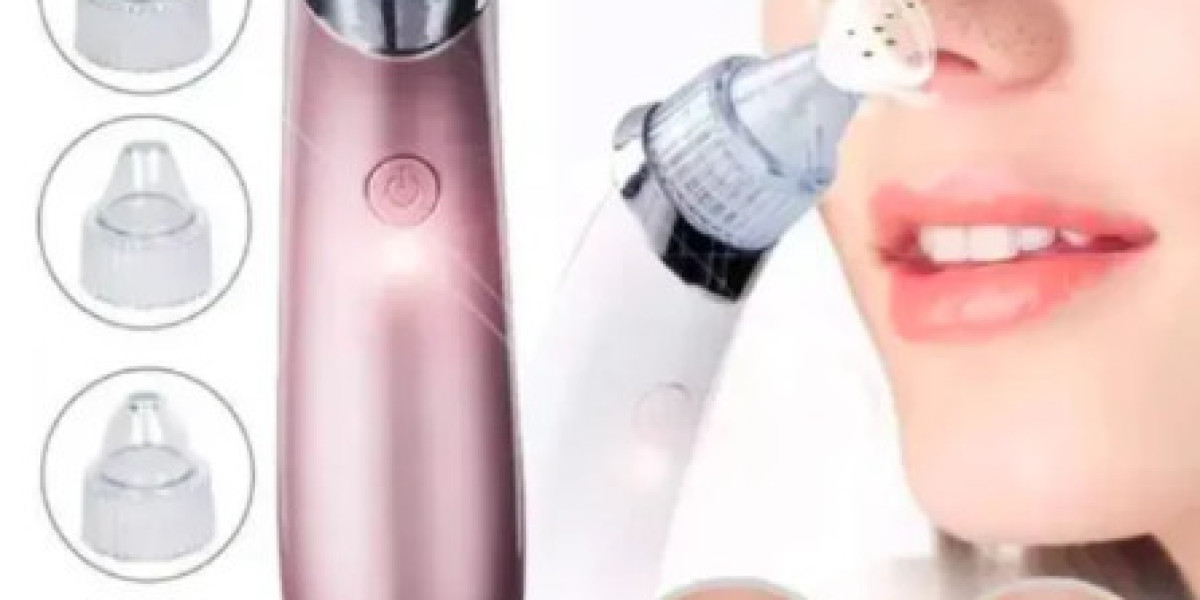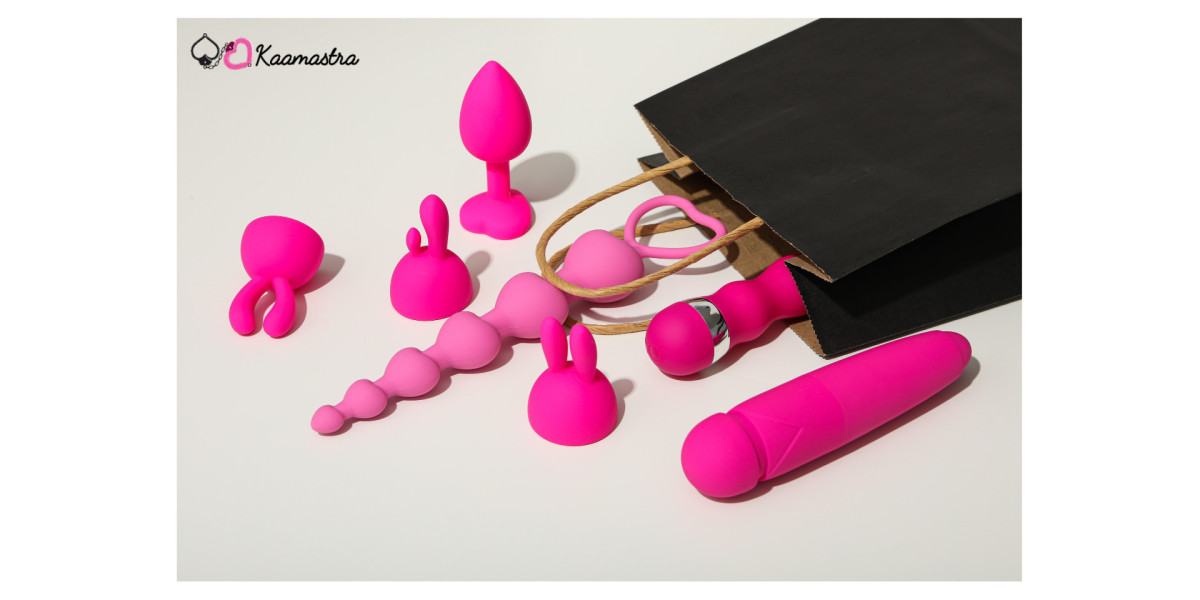Blackheads—those tiny dark spots that appear mostly on your nose, chin, and forehead—can be stubborn, annoying, and persistent. Many people assume that the harder you scrub, the more likely you are to eliminate them. But here’s the truth: aggressive scrubbing might be doing your skin more harm than good. If you’re stuck in an endless cycle of squeezing, picking, and harsh exfoliation, it’s time to rethink your strategy and dive deeper into what really works—a proper blackhead remover routine.
What Are Blackheads, Really?
Blackheads are a type of acne caused by clogged hair follicles. Each follicle contains a sebaceous gland that produces oil (sebum), which keeps your skin soft. When dead skin cells and oil accumulate in the pores, they form a plug. If the skin over the bump remains closed, it's called a whitehead. But if the skin opens, exposure to air causes the clogged material to oxidize and turn black—hence the name blackhead.
The common misconception is that blackheads are caused by dirt. In reality, it’s a mixture of oil, dead skin, and sometimes bacteria. That means excessive washing or scrubbing does not guarantee clean pores—it may actually inflame your skin and worsen the issue.
Why a Dedicated Blackhead Remover Matters
Over-the-counter products promising to eliminate blackheads are everywhere. However, not all of them are created equal. Some offer temporary relief, while others focus on the root causes—sebum production, dead skin build-up, and pore congestion. A blackhead remover, whether it’s a skincare device, peel-off mask, extractor tool, or deep-cleansing formula, is designed to manage these causes without damaging the skin barrier.
It’s essential to understand that the skin is not just a surface—it’s a living organ. So when choosing a blackhead remover, you're not just choosing a product, you're choosing how to treat your skin.
Debunking the Scrubbing Myth
Let’s go back to the question: Does scrubbing hard remove blackheads?
Short answer: No.
Scrubbing can actually tear your skin, widen your pores, and cause even more blackheads or worse—acne flare-ups. Most blackheads lie deep within the pore. Surface-level scrubbing only affects the outer layer of the skin and may irritate it more than help.
Instead, the goal should be to gently loosen and lift the debris inside the pores, not forcefully attack it from the outside. That’s where specialized blackhead remover solutions come in. These are formulated or engineered to target clogged pores with minimal irritation.
Different Types of Blackhead Removers
Whether you're into tech-based skincare or traditional treatments, there are many ways to tackle blackheads with precision.
Blackhead Remover Devices – These are vacuum-based tools designed to suction out the impurities from your pores. They're quick, painless, and provide visual results almost instantly. Proper use involves gliding the device smoothly on your skin without lingering in one spot to avoid redness.
Peel-Off Masks – Often infused with charcoal or clay, peel-off masks adhere to the skin’s surface and, when removed, take with them the surface debris and some of the plug forming the blackhead.
Chemical Exfoliants – Products containing salicylic acid, glycolic acid, or lactic acid help break down the bond between dead skin cells and oil. These can be applied regularly and gently exfoliate over time.
Extractor Tools – These stainless steel tools have a looped end designed to push blackheads out of pores. While effective, they should be used with caution and always on clean skin.
Crafting a Consistent Routine
A single session with a blackhead remover isn’t going to give you long-term results. Blackheads are recurring by nature due to continuous oil production and skin cell turnover. Building a regular routine using blackhead remover products is key.
Start by cleansing your face with a gentle face wash. Follow it with a warm towel to open your pores naturally. Use your chosen blackhead remover tool or product on the areas affected. Always finish with a toner to close the pores and a hydrating moisturizer to lock in moisture and maintain skin balance.
Weekly deep-cleansing with a mask or exfoliant and daily care using non-comedogenic products helps reduce future blackheads from forming.
What to Avoid When Using a Blackhead Remover
Overuse: Using a suction device or strong acid-based formula every day can strip your skin. Limit usage to once or twice a week.
Using on broken skin: If you have cuts, wounds, or cystic acne, it’s best to avoid any removers until the skin heals.
Skipping sunscreen: Exposed pores are more vulnerable to sun damage, so always use sunscreen if you’re heading out after a removal session.
A Holistic Approach
Using a blackhead remover isn’t just about spot treatment—it’s a part of a bigger skincare strategy. Keep your lifestyle in check: hydrate well, avoid overly greasy foods, clean your pillowcases frequently, and remove makeup thoroughly before bed.
Your skin reflects your internal health and habits. The cleaner you live, the clearer your skin can become.
Final Thoughts
The world of skincare is full of half-truths, and the idea that scrubbing harder clears your blackheads is one of them. With the right approach and a reliable blackhead remover, you can treat your skin kindly and still achieve clarity and confidence. Ditch the myths, embrace smarter skincare, and let your pores breathe freely again.



